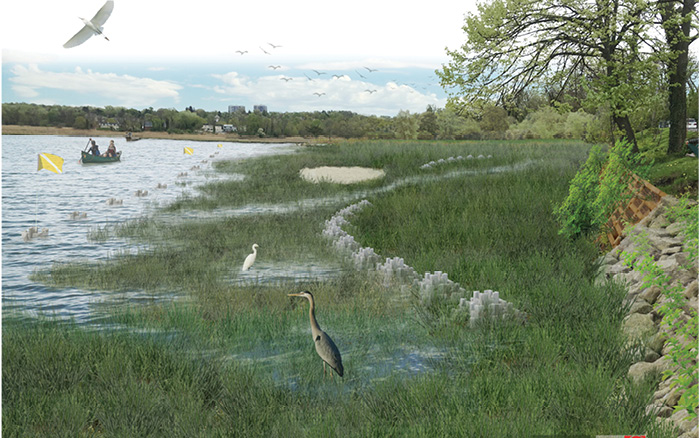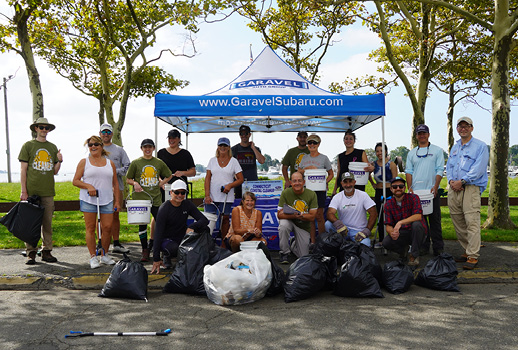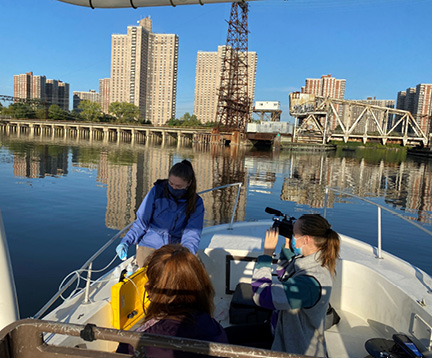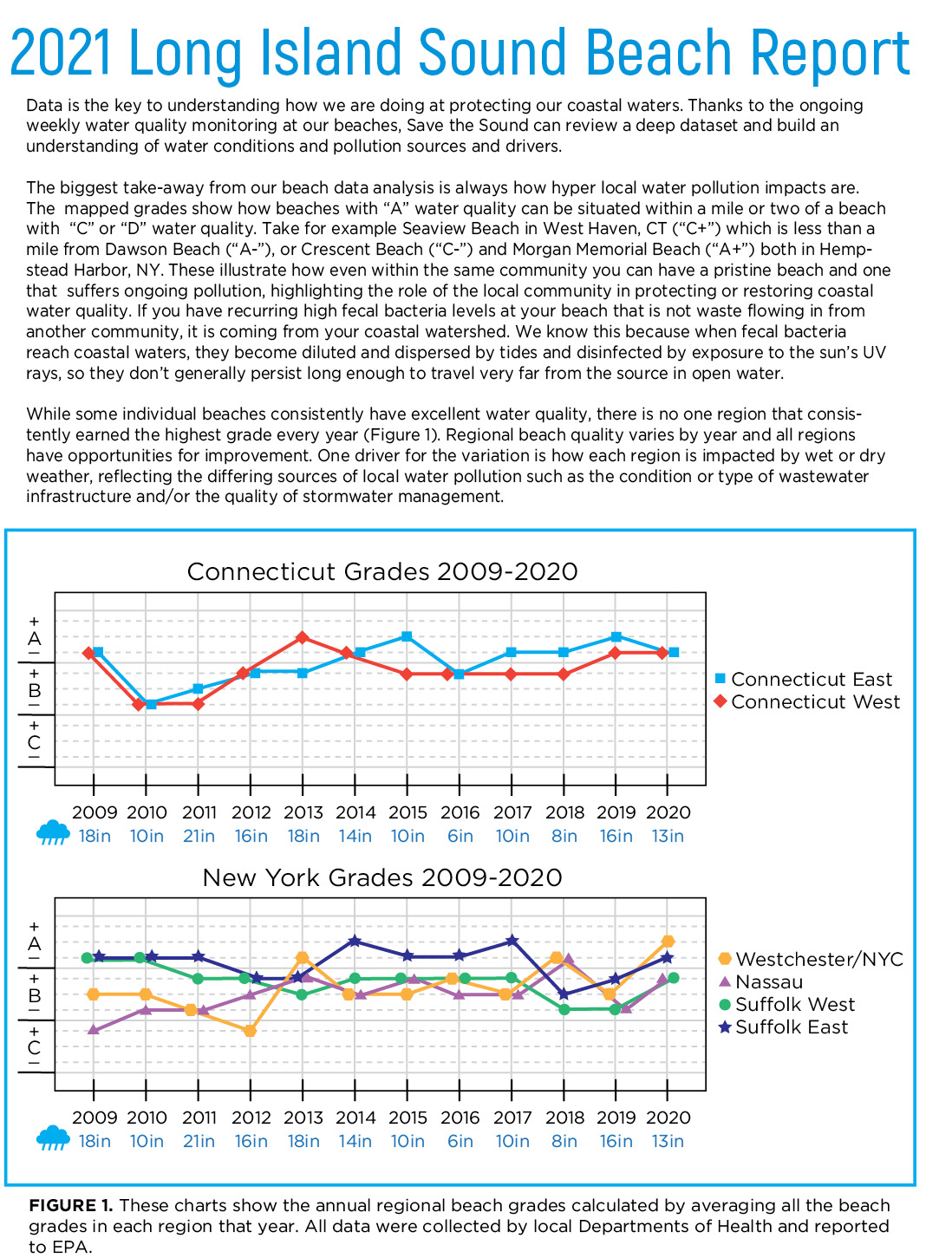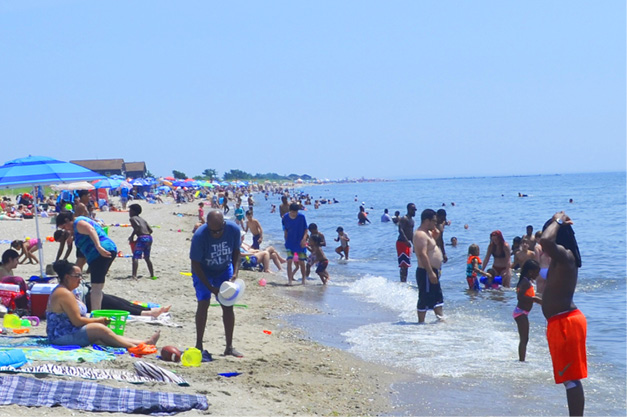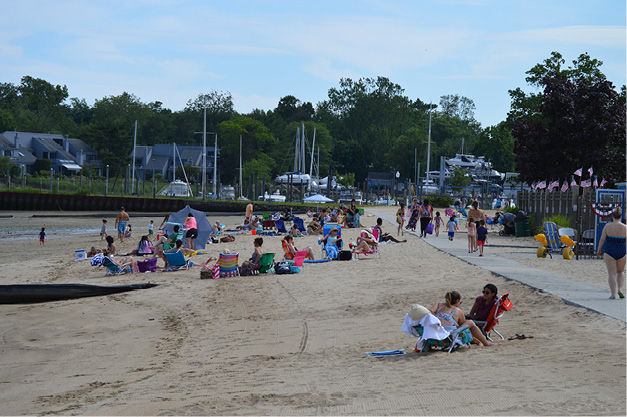Save the Sound Dispatch
A Living Shoreline for Big Rock
By Katie Friedman, NY ecological restoration program manager, and Melissa Pappas, ecological communications specialist Coastal communities, home to almost a third of Americans1, are facing sea level rise and erosion. While we may think of these consequences as distant and future threats, they are already taking hold of local communities. Artistic rendering provided by GEI and DMEA. The residents of Douglas Manor, a community in Queens, New York, have not ignored these threats; rather, they…

